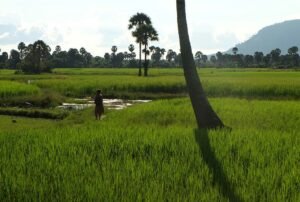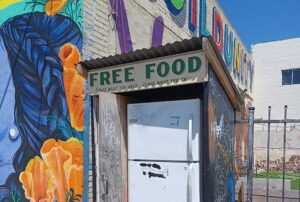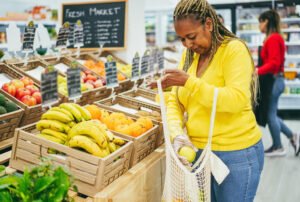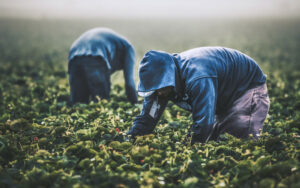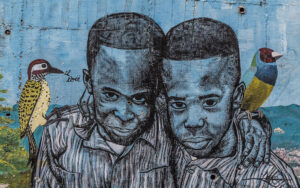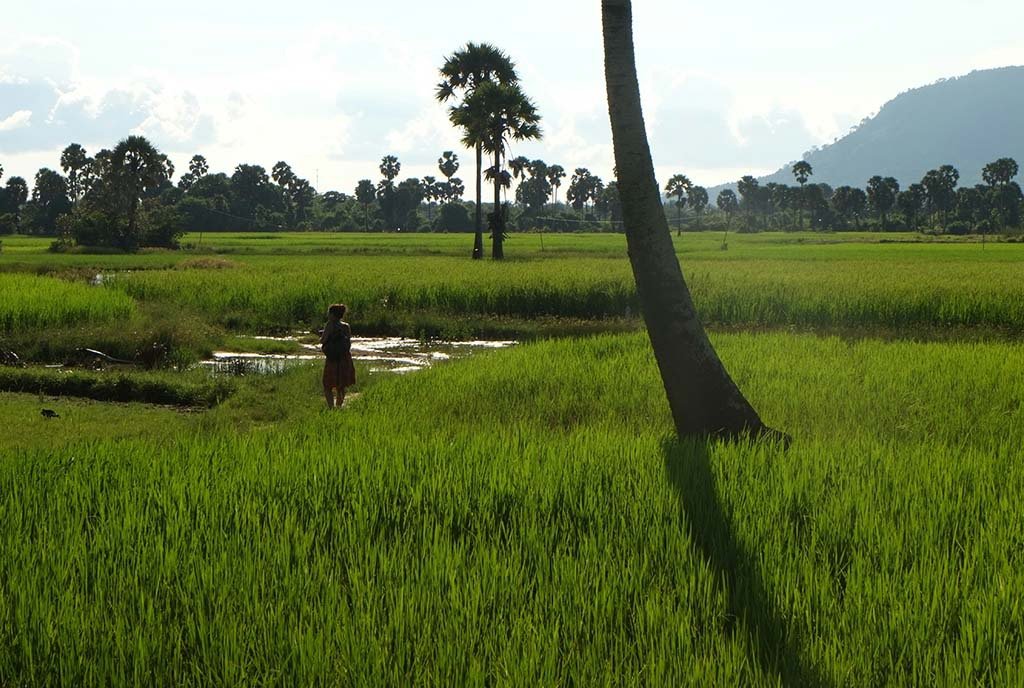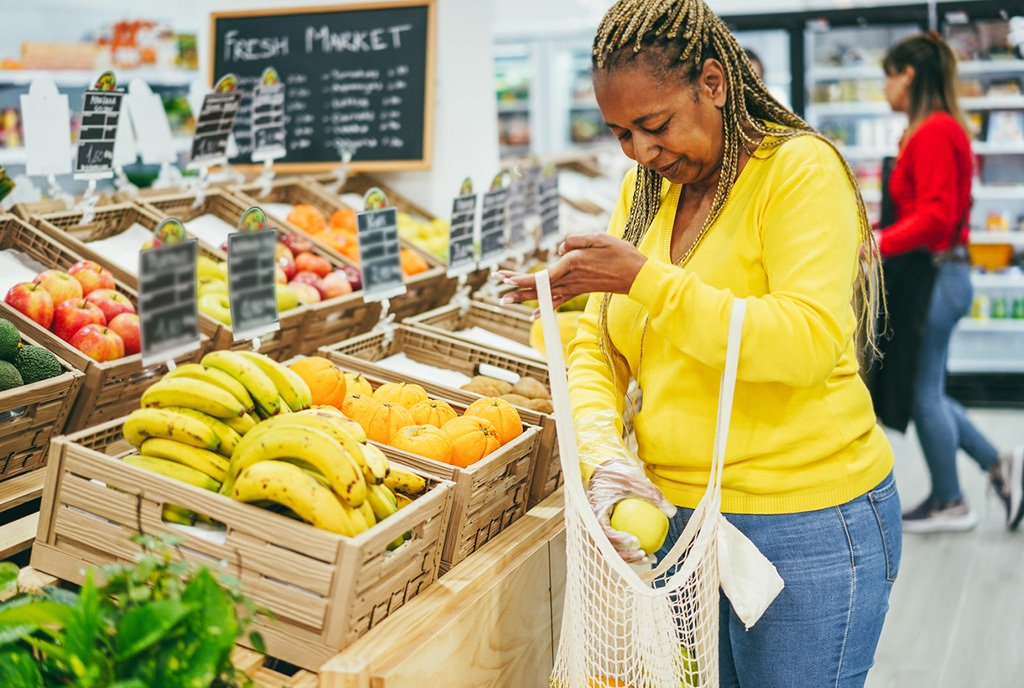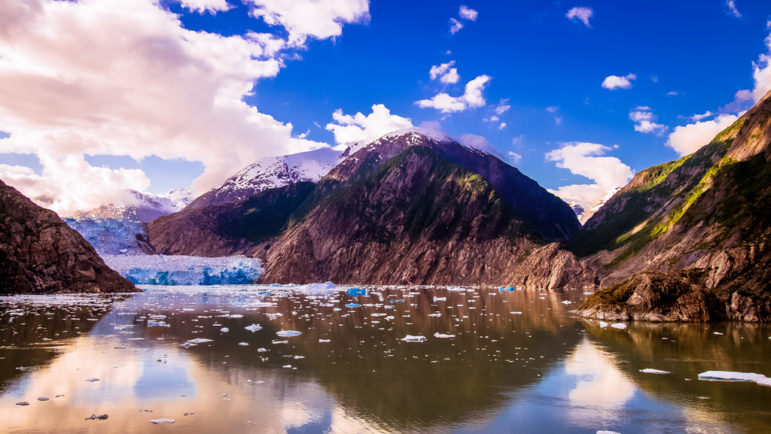
July 27, 2016; WBAA-FM (National Public Radio)
Several months ago, NPQ reported on how a southern Louisiana community on the very edge of the state became the U.S.’s first climate refugees, with the majority of their town under water. We continue our exploration of communities experiencing the firsthand effects of climate change in Alaska, where the remote inhabitants now struggle to survive on the subsistence foods that had sustained them for hundreds of years.
Warmer conditions and earlier springs have meant that the whales and Pacific walrus the Inuit and other residents in Savoonga, Alaska, located on a small island 160 miles off the state’s west coast, had lived on are much harder—even impossible—to hunt. In Buckland, a remote community 130 miles east of Nome in western Alaska, changing conditions mean declining caribou herds, a primary source of food for the small town. With a population of 420, Buckland is slightly above the median size of Alaska’s 337 towns and cities.
“Right now, a lot of people are out of caribou meat,” says Buckland resident Percy Ballot Sr. “Caribou used to migrate and winter in our area. Now some of the herd stays where they are, some move to the west and east. We’ve been trying to go out and look for some and haven’t seen any.”
In other cases, with limited sea ice another side effect of warmer temperatures, residents are having to travel to other places to hunt food that used to be accessible in their towns, burdening them with transportation costs. Thinning ice also introduces safety hazards.
“There’s a huge safety issue with thinning ice, which people need to travel on and hunt on. And snow coverage isn’t just for transportation, but for insulation of vegetation in the winter. People’s hunting camps are lost because of erosion,” said Carolina Behe, Indigenous Knowledge & Science Advisor for the Inuit Circumpolar Council-Alaska. “You have to have the right conditions to prepare the food.”
As researchers and officials have noted previously, climate change will likely affect the most vulnerable in our communities. As such, in Alaska, because the indigenous populations—among them the Inuit, who are also indigenous to Canada—have relied for centuries primarily on hunting for their food, the effects of climate change are more noticeable than in other parts of the country.
Sign up for our free newsletters
Subscribe to NPQ's newsletters to have our top stories delivered directly to your inbox.
By signing up, you agree to our privacy policy and terms of use, and to receive messages from NPQ and our partners.
Dwindling food sources have led to increased reliance on government aid and nonprofit resources like food banks. Last year, the U.S. government shipped frozen fish to Alaskan communities when their walrus hunts were not fruitful. While food shortages for Alaska communities are not new, skyrocketing prices of store-bought goods further exacerbate the problem. According to Feeding America, 14.4 percent of Alaska’s population is food insecure, slightly above the national average of 14 percent.
“In places like Savoonga, suddenly you’ve got an 80 percent reduction in the amount of food you’re used to having. There aren’t a lot of jobs on these islands, and to say to people they now have to go to the grocery store—it’s just out of reach for a lot of these people. And there are hundreds of communities like this,” said Cara Durr, the director of public engagement for Food Bank of Alaska. “You can’t just snap your fingers and send more food. It’s incredibly expensive to ship food out there.”
However, simply shipping food to several of these communities is also unlikely to solve the problem of food insecurity or offer a long-term solution. Their lifestyles were cemented after centuries and are now slowly melting away. After years of hunting stable, or at least relatively available food, these are not just changes in their diet; it will affect their culture and livelihood.
A report by the Inuit Circumpolar Council and its Food Security Advisory Committee from last December includes measures that would specifically tackle the issue of food insecurity while considering the Inuit culture. “[Food security] means understanding that food is a lifeline and a connection between the past and today’s self and cultural identity,” says the report. Among the report’s recommendations for tackling food insecurity among the Inuit, and possibly other indigenous populations, is honoring the Inuit culture. For example, the report recommends supporting the Inuit’s food-sharing system, as it can be an important in addressing food insecurity for the wider community.
Inuit sharing systems are one of the strongest drivers for food security and are a part of our survival. Food collected and prepared is shared readily with neighboring villages, hub communities, other regions and with relatives who have relocated to urban areas. […] Sharing traditional foods keeps people grounded within their cultural identity and provides access to healthy foods.
Addressing food insecurity means bringing rural and remote populations into the conversation and, through meaningful engagement, figuring out the best way to help them.—Shafaq Hasan


